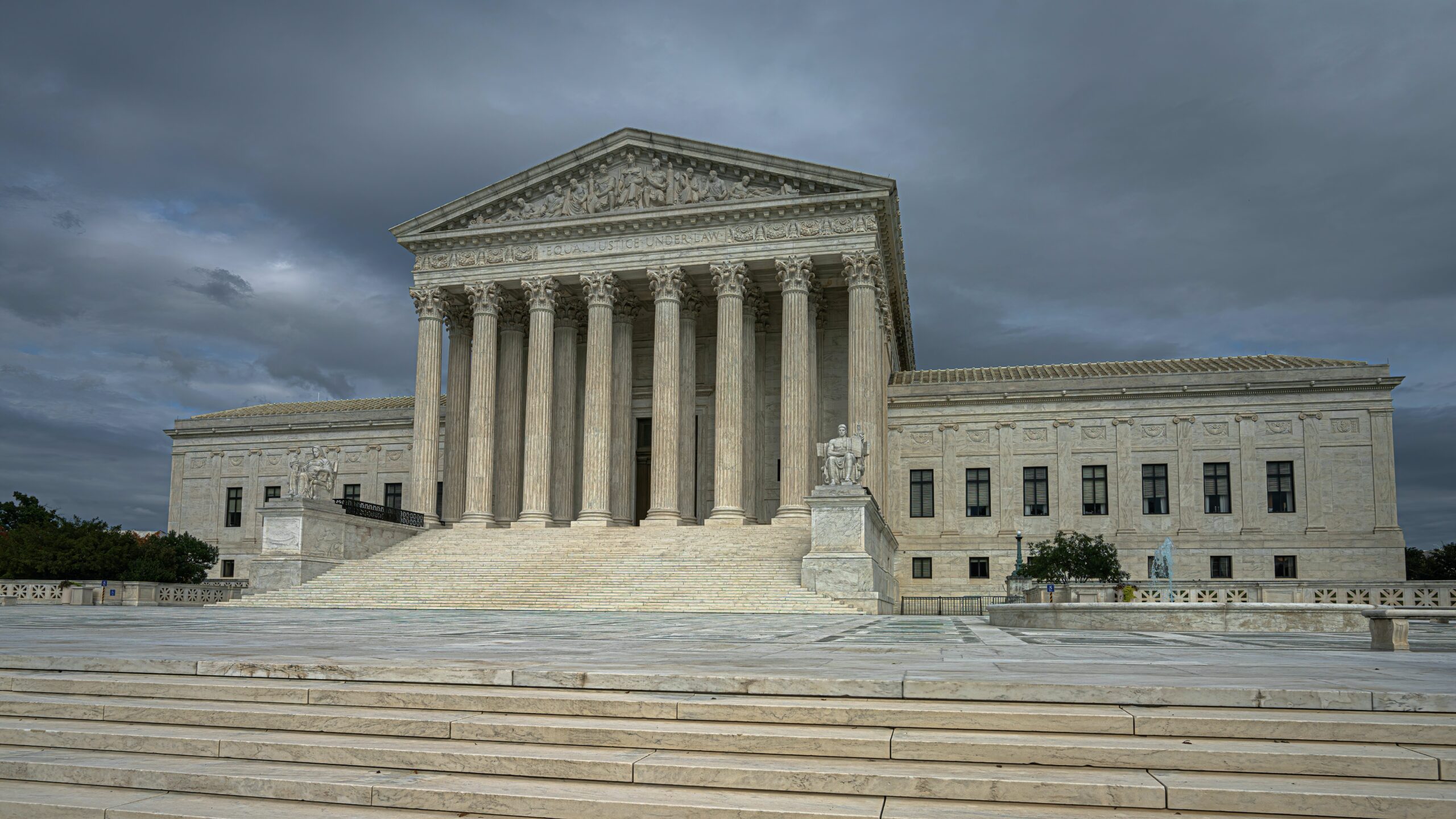Photo courtesy of Adam Szuscik on Unsplash.
ALISON MICCOLIS | EDITOR-IN-CHIEF | amiccolis@butler.edu
AIDAN GREGG | MANAGING EDITOR | agregg1@butler.edu
On June 29, the Supreme Court of the United States decided that colleges and universities can no longer consider race while making admissions decisions, overturning long-standing precedent that has played an important part in diversifying campuses across the country.
The ruling stated that both Harvard University and the University of North Carolina violated the Equal Protection Clause of the Constitution because they did not provide “measurable objectives warranting the use of race” in an admission decision.
The vote was 6-3 in the UNC case and 6-2 in the Harvard case. Justice Ketanji Brown Jackson recused herself from the Harvard case because of her recent position on their board of overseers.
Chief Justice John G. Roberts Jr. wrote the majority opinion. He said the two programs “unavoidably employ race in a negative manner” and “involve racial stereotyping.”
In 2003, the court ruled in Grutter v. Bollinger that there was a compelling interest in maintaining diverse campuses and therefore, race could be considered in the college admissions process. For decades, many universities have used affirmative action to combat years of historic, systemic discrimination against Black Americans and other marginalized groups in the nation.
While an applicant’s race can no longer be a factor in admissions decisions, Chief Justice Roberts said universities can take into account how race has affected the applicant’s life. For example, an applicant can explain racial discrimination they have faced in their application essay. He warned, however, that “universities may not simply establish through the application essays or other means the regime we hold unlawful today.”
While the ruling directly affected Harvard and UNC, other colleges and universities across the country are being forced to revisit their admissions policies.
View this post on Instagram
Butler University released a statement on social media that said in part, “We have long employed a holistic review admission process focused on the intellectual, social and emotional development of a candidate … Fundamentally, all people should have equal access to a college education … While race will not be shared at the time of admission review, we are confident that our current community partnerships and recruiting strategies will allow us to achieve the diversity goals established in our Butler Beyond strategic direction.”
Senior entrepreneurship and innovation major Paul Ford II said while he appreciates the university’s response, there are still a lot of unknowns.
“I appreciate Butler for taking a stand, but students are still scared,” Ford said. “Nothing is guaranteed for us, especially now, and I hope that they’ll continue to support us in ways that will make us feel safe on this campus in our communities.”
Priority 5 of Butler’s strategic decision is to “Create an intentionally diverse, inclusive and equitable learning and working environment.” This includes attracting students, faculty and staff from marginalized and underrepresented backgrounds and identities.
Jordan Brown, a junior international studies and political science double major and diversity, equity and inclusion intern for the Office of Admissions, said the university is going to have to pivot and adapt its messaging while recruiting students.
“I think it kind of holds Butler’s feet to the fire,” Brown said. “I think [the university has] used all the buzzwords. ‘We are committed to diversity. We’re so committed to growing our diversity and bringing more perspectives and culture on campus.’ Now that they don’t have affirmative action to kind of hold them accountable, how’s the university gonna hold themselves accountable to that, and that’s just something that we’re going to have to see.”
In a detailed dissent, Justice Sonia Sotomayor, joined by Justice Elena Kagan and Justice Jackson, explained why she disagreed with the majority opinion. She addressed how the ruling overturns “decades of precedent and momentous progress.” On the decision, she wrote, “It holds that race can no longer be used in a limited way in college admissions to achieve such critical benefits. In so holding, the Court cements a superficial rule of colorblindness as a constitutional principle in an endemically segregated society where race has always mattered and continues to matter.”
Justice Jackson, who was joined by Justices Sotomayor and Kagan, also wrote a dissenting opinion in which she said, “But deeming race irrelevant in law does not make it so in life.”
Ford has spent his time at Butler advocating for a more diverse and equitable campus. He is worried about the challenges future students might face while working towards those same goals.
“I’m an affirmative action student,” Ford said. “And I just think that the opportunities that I’ve had to be here, other students won’t get that. And I know that I’ve been advocating for a lot of things on campus for a long time and students like me might not even get that opportunity.”



